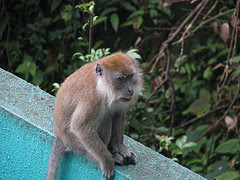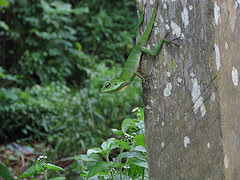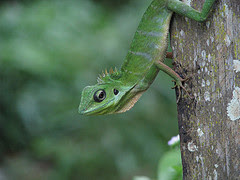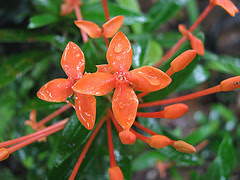Moths and Butterflies, Series #1
Butterflies are extremely difficult to shoot. They fly away at a slight breeze. Moths on the other hand, sit still but you can't have macro shot if you approached it too near.
For this post, I present 4 types of subject (3 moths and a butterfly).
Yellow moth perched on padi leaves. This is a cropped photo.
The same yellow moth shot from normal range.
Another yellow moth resting under shade of the padi leaves.
Grey moth perched on some leaves.
Black and gray butterfly looking for nectar among at the Ixora flowers. The butterfly species is Papilio Polymnestor (Blue Mormon) and is commonly found in deep forests.
For more bigger and high-resolution photos, check out my gallery of Butterflies and Moths.
Technorati Tags: Butterfly, Moth




















